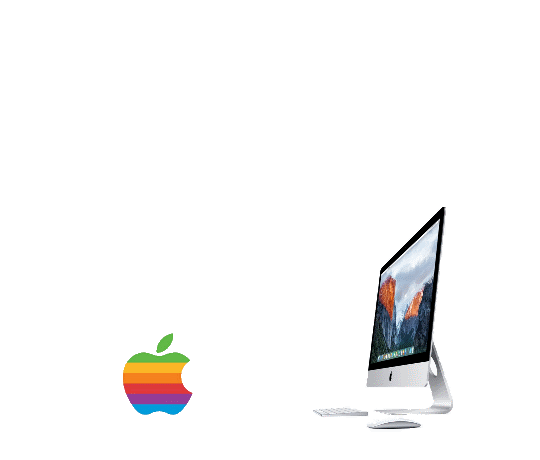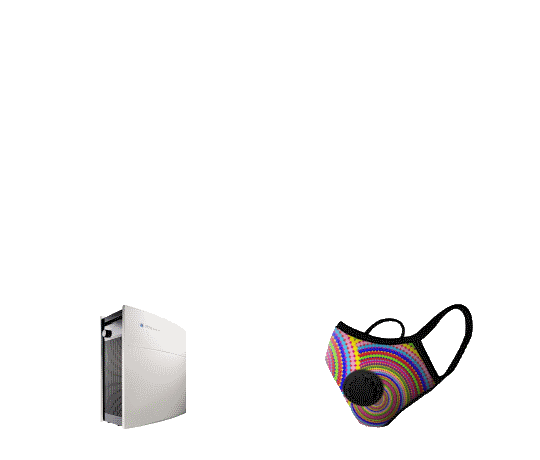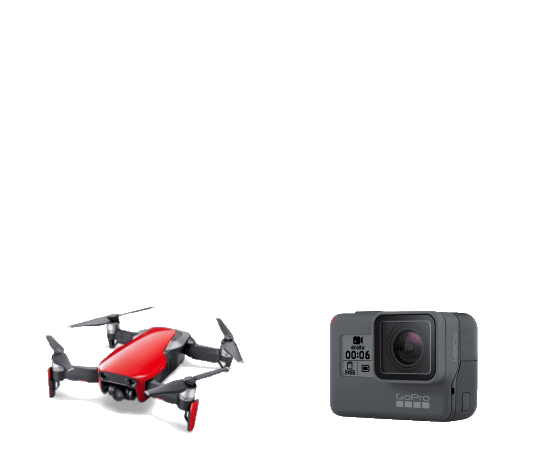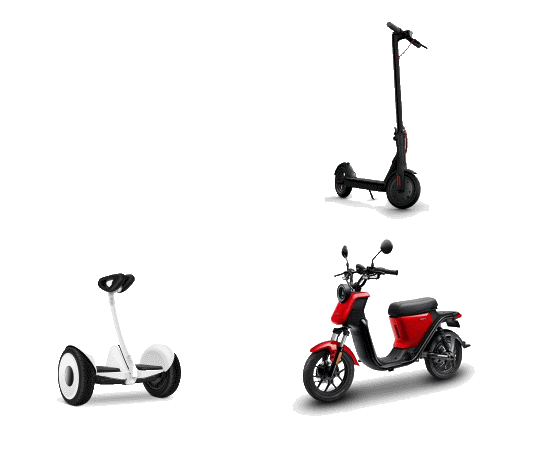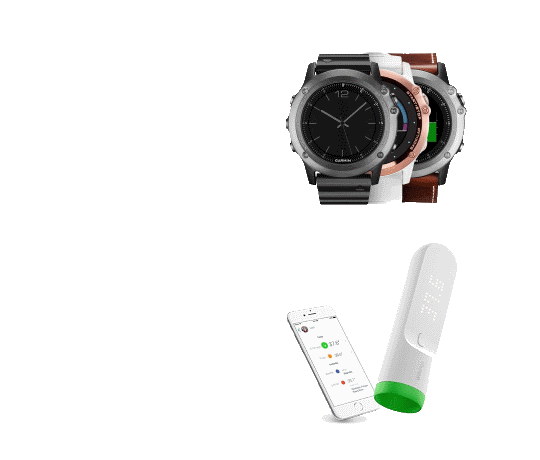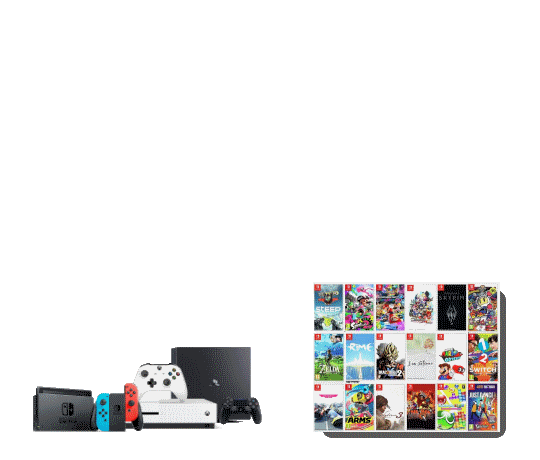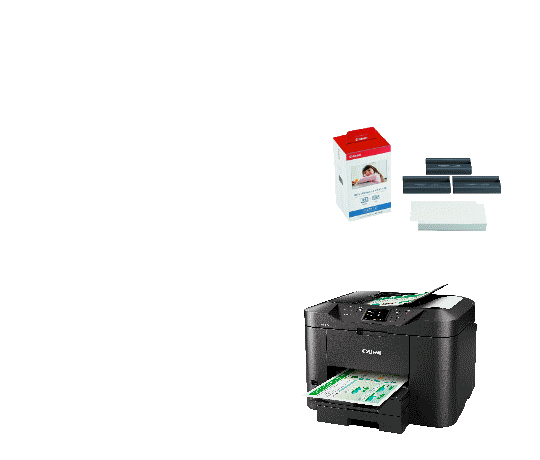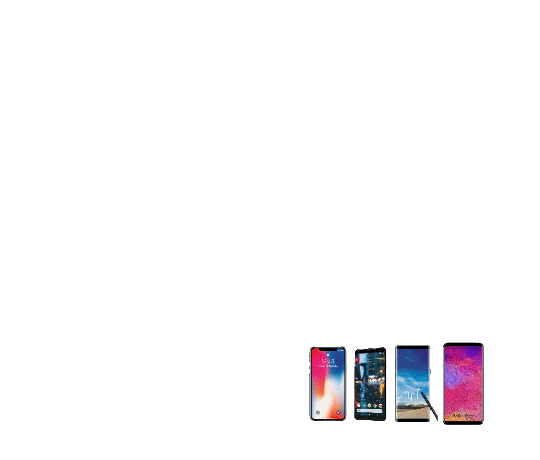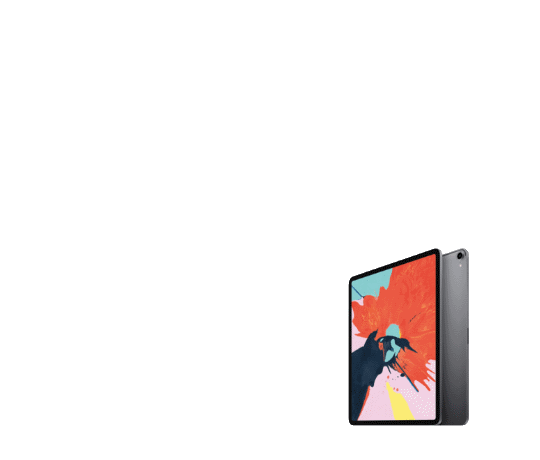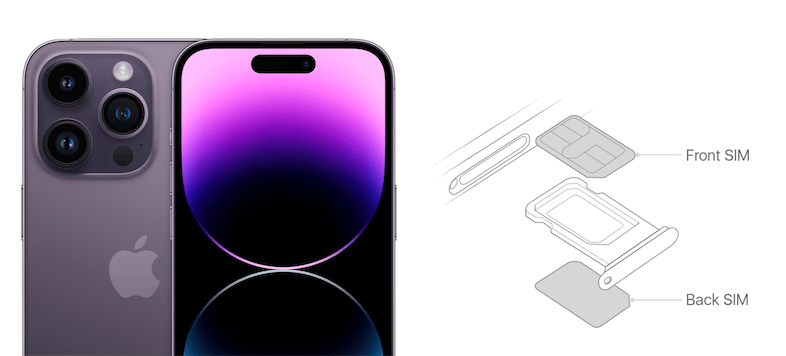Why Buying an iPhone in China is a Smart Move Before Leaving China
In recent years, the introduction of eSIM technology has revolutionized the way we use SIM cards in our smartphones. With the iPhone 12, Apple embraced this new trend, and with the iPhone 14, the company made a significant move by incorporating full eSIM functionality into all iPhones sold in the United States.
Pro:
- Low chance of losing an eSIM
- Faster network switching
- Allows more than one number on the device
Cons:
- Users are easier to track
- Not friendly when you plan to switch to other phones
- Hard to travel overseas with a local SIM
In China, eSIM has not yet been approved for use in mobile phones, including Hong Kong and Macau regions. Consequently, all iPhones sold in China support dual physical SIM cards. However, for the rest of the world, except the United States, iPhone 14 models come with one eSIM and one physical SIM card.
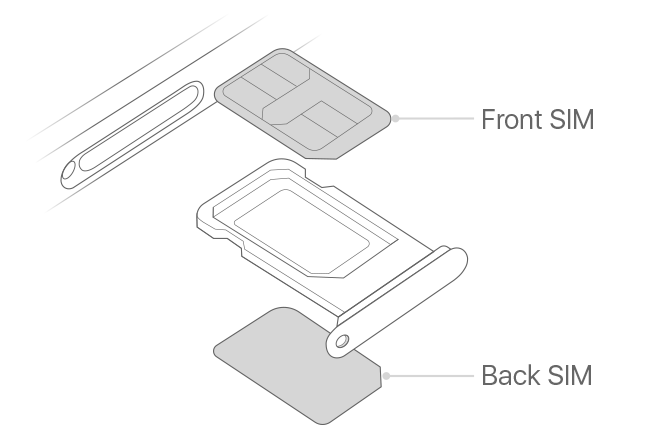
One notable limitation of buying an iPhone from China is the non-functionality of the FaceTime Audio feature due to local regulations. Unfortunately, this restriction remains even if you relocate or update the device’s software. Apart from this, there doesn’t seem to be any significant disadvantages to purchasing an iPhone from China.
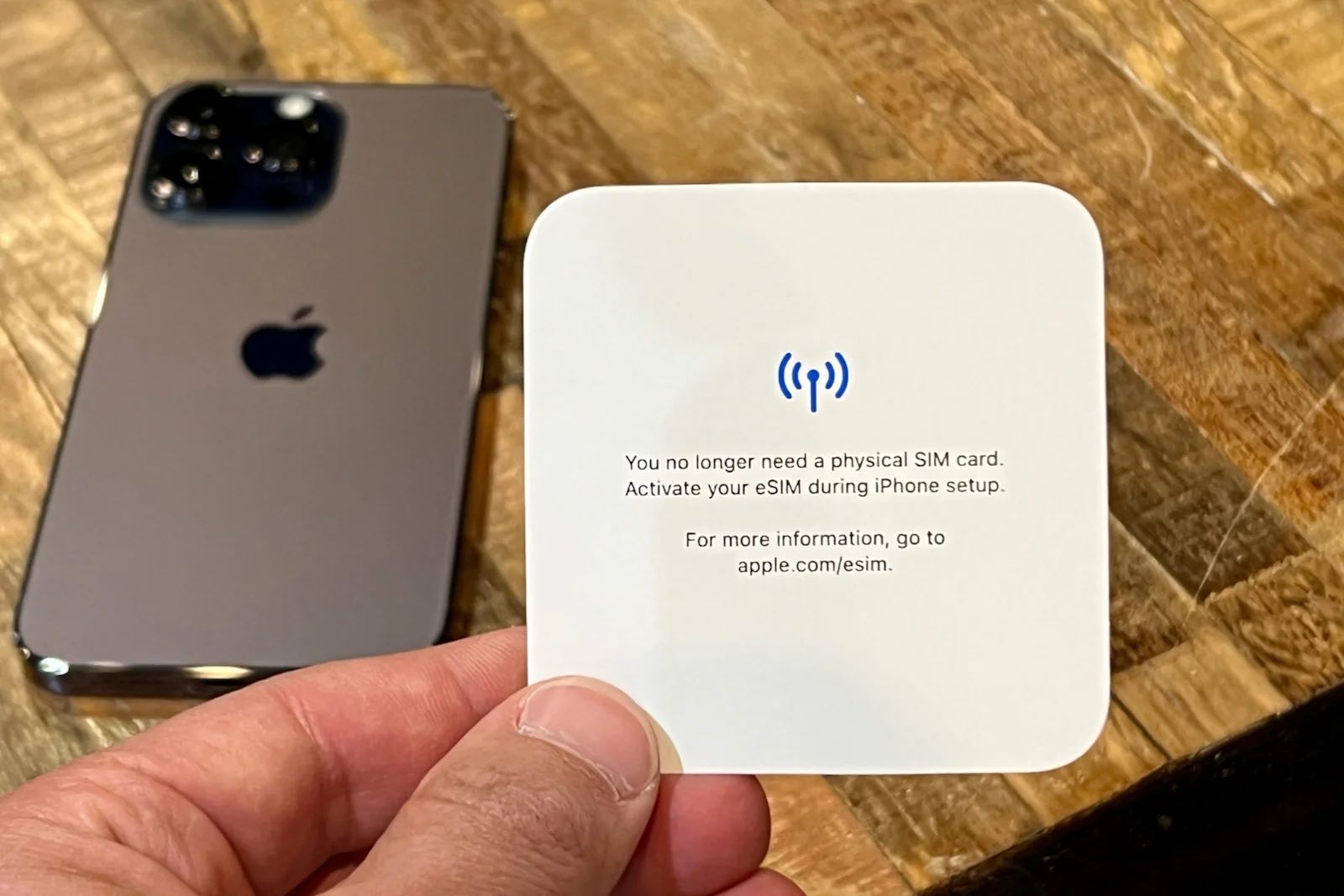
Card from the iPhone 14 box from the US.
Considering these factors, we recommend individuals who are returning to the US but also plan to travel internationally to consider purchasing an iPhone from China, as it allows for the convenient use of dual physical SIM cards. This feature provides the flexibility and ease of use required for frequent travelers or those who need multiple numbers on their devices.

